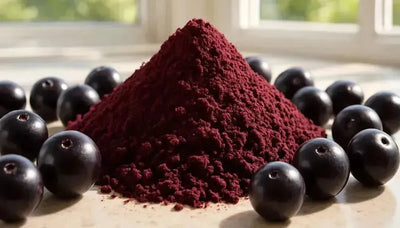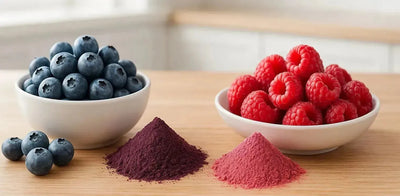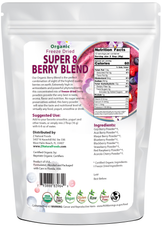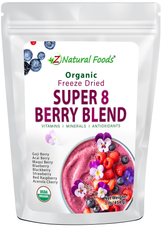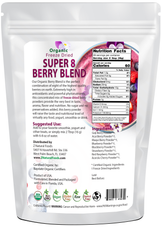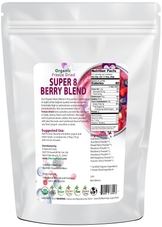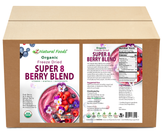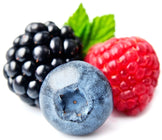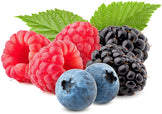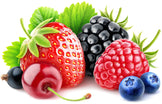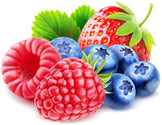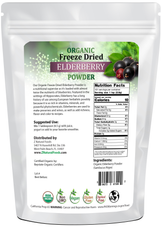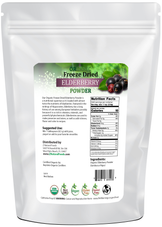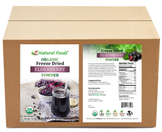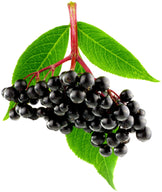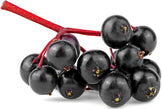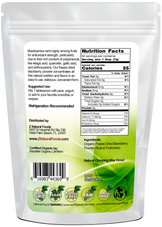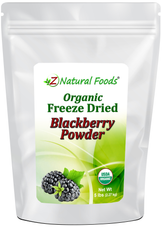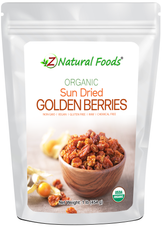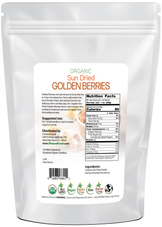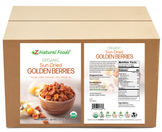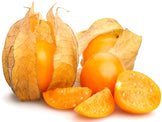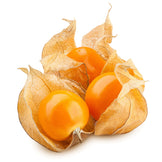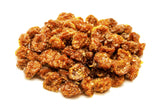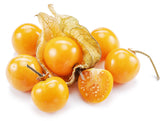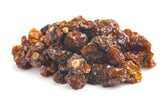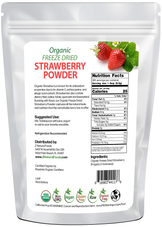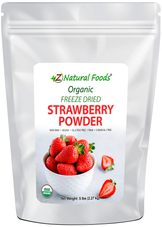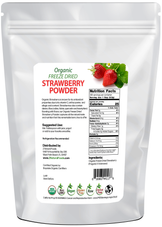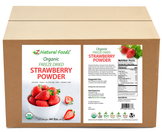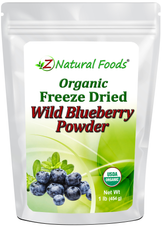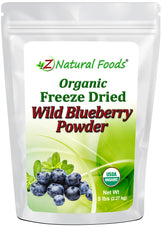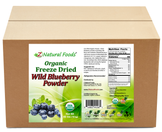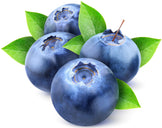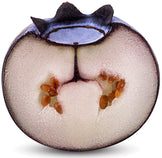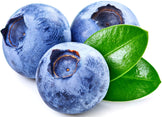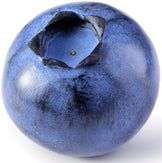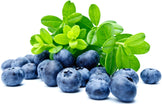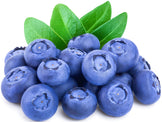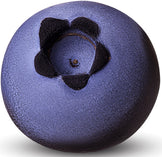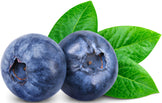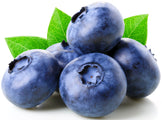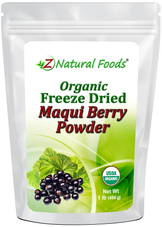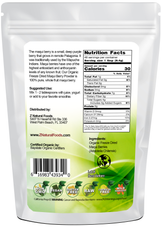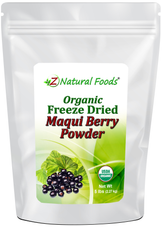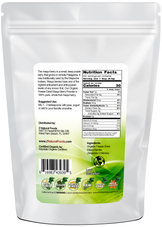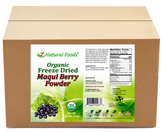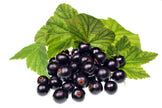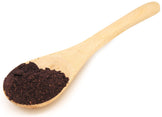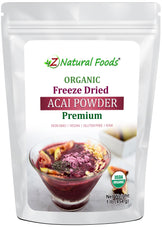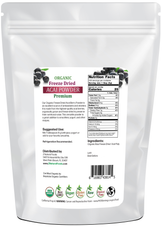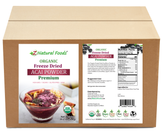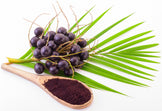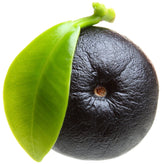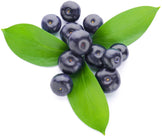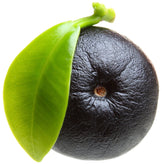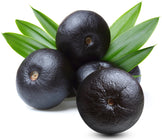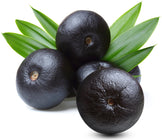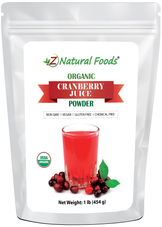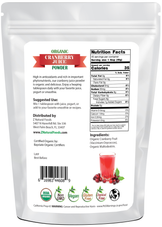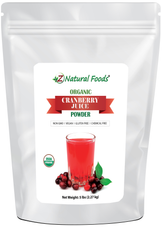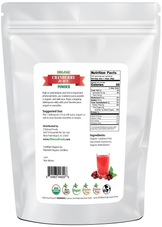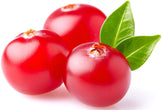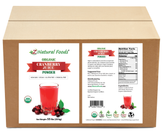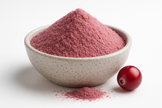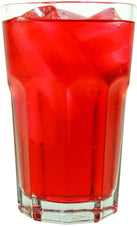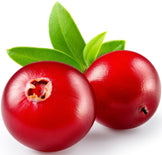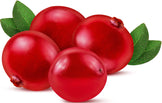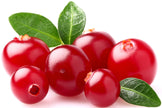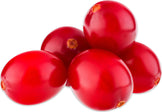Description
Description
To correctly answer the question, “What Berry is Considered a Superfood?”, it is vital to understand not only the definition and characteristics of what is known as superfoods but also how they compare to a more critical term; “functional food.”
Please note there are no legal definitions for either of these terms.
Functional food is defined as dietary items that provide nutrients and energy that may modulate multiple targeted bodily functions by supporting specific physiological responses.
For example, fermented dairy products are functional foods that offer essential probiotic bacteria for restoring gut health.
A superfood is a food rich in compounds considered beneficial to a person's health. It contains a very high nutritional density and a meager calorie count. While the definition of these terms seems similar, there are intrinsic details that separate them.
Functional foods are the most intensely researched category, with the intent to understand better how their unique compounds can support well-being by possibly modulating specific mechanisms of action.
Therefore, it is critical to understand that berries fall under aspects of both definitions, making them “functional superfoods.”
Modern research confirms the importance of adding a variety of foods with bright, vibrant colors that contain a wide range of potent polyphenolic compounds to support the repair process from the damage caused by stress, helping to create a more balanced internal environment.
Therefore, it should come as no surprise that berries are a nutritional powerhouse that contains a wide array of unique compounds and are known for their deep, rich, and vibrant colors that profoundly affect human health.
But the critical question is… Why are these powerful berries so crucial to human health?
The power of Flavinoids
Many health experts believe a diet focused on high amounts of flavonoids is critical to supporting a healthy aging process because these compounds are known as nature’s biological response modifiers. There are over 8,000 different types of flavonoids found in nature.
Based on the research, it does not seem to matter if you acquire them from food or supplements; what counts is the total daily amount you consume. These experts believe we should consume at least 2000 milligrams of flavonoids daily sourced from various foods and supplements.
A randomized controlled trial discussing how flavonoid-rich foods improve microvascular reactivity and inflammatory status in men at risk for cardiovascular disease showed the following.
- The HF F&V diet increased endothelium-dependent microvascular reactivity
- Reduced C-reactive protein and vascular cell adhesion molecule
- HF F&Vs increased plasma NO in the group as a whole.
Therefore, the following was concluded, “These data support recommendations to increase F&V intake to ≥ 6 portions daily, with additional benefit from F&Vs that are rich in flavonoids, particularly in men with an increased risk of CVD.”
While each berry possesses unique qualities and compounds for various health purposes, they all fall under (at some level) four general categories of plant compounds.
1) Polyphenols are a term used to describe a general category of compounds found in a broad spectrum of fruits, vegetables, and tea that work as “reducing agents” along with other compounds known as antioxidants to support a healthy inflammation response and the body's ability to protect and repair damaged tissue caused by oxidative stress. While over 8,000 polyphenols have been identified, some of the most common are flavonoids, flavonols, and anthocyanins. The importance of discussing these various compounds allows you to more clearly understand the wide range and complexity of nourishment you are getting from these powerful foods.
2) Flavonoids are a group of water-soluble polyphenolic secondary metabolites found in plants thought to provide health benefits through cell signaling(The process when a cell responds to a substance outside the cell through signaling molecules found on the surface of that cell) and antioxidant effects. Secondary metabolites are substances manufactured by plants that make them compete in their environment, exerting a wide range of effects on the plant itself and the surrounding living organisms, including flowing, fruit setting, signal deciduous behavior, and acting as antimicrobials. Over 50,000 secondary metabolites have been discovered, and many modern medicines rely on them for their mechanism of action. There are six major subclasses of flavonoids: Anthocyanidins, flavan-3-ols, flavonols, flavanones, flavones, and isoflavones. These account for around 60% of all polyphenols.
3) Flavonols are polyphenols belonging to the flavonoid family with a ketone group studied for their wide range of biological activities(antioxidant, antimicrobial, hepatoprotective, modulating inflammation, and vasodilation). They primarily accumulate in the outer tissues(skin and leaves) of fruits and vegetables, are the building blocks of proanthocyanins(compounds attributed to the colors of fruits and vegetables), and are most widespread in the human diet.
4) Anthocyanins are a part of the flavonoid family of polyphenolic compounds. They represent the pigments that exhibit the bright red, purple, and blue colors found in fruits and vegetables. The six most common are Cyanidins, Delphinidins, Malvidins, Peonidins, Petunidins, and Pelargonidins.
A few examples of quality research
Blueberries' impressive preliminary and human studies show a broad spectrum of benefits of nourishing the brain and nervous system.
One of the blueberries' primary mechanisms of action is their direct effect on improving vascular and cerebral blood flow. In simple terms, cerebral blood flow measures the blood delivery rate in the arteries to a capillary bed in the brain tissue. While researchers found that up to six cups of blueberries daily improved memory in just 12 weeks, this was determined to be an unrealistic dose for most people to stay consistent with. Therefore, more studies determined that just one cup of blueberries daily for older adults showed some improvement in long-term memory.
A survey of the antioxidant capacity and phenolic composition of blueberries, blackberries, and strawberries concluded that blueberries have exceptionally high levels of anthocyanidins and proanthocyanins.
A study in neural regeneration research conducted on young and old participants who consumed blueberries daily showed an increase in blood flow to key brain areas and improvements in memory and attention.
Another paper titled, Antioxidant Properties of Maqui Berry Extract (Aristotelia chilensis (Mol.) Stuntz) and Its Potential Photoprotective Role on Human Skin Fibroblasts stated, “Maqui is considered to be one of the healthiest fruits because it is an extremely rich source of bioactive compounds, such as flavonoids, tannins, phenolic acids, stilbenes, and anthocyanins.”
Acerola Cherry and Camu Berry: The Ultimate Whole Food Vitamin C Matrix
You may notice a wide array of Vitamin C products as you search online or in the isles of a health store. Most of them will present as an isolated version of this nutrient, with other added compounds (like a buffered version containing ascorbic acid and the minerals calcium, magnesium, and potassium) to make it more tolerable by the digestive system.
Other products will present as a mixture of foods that provide a whole-food matrix of compounds so the human body can get the most nourishment from those foods. The combination of acerola and camu berries is what we consider the perfect “Vitamin C Complex” because they provide high levels of Vitamin C and a full array of supporting compounds. They contain a tremendous diversity of polyphenolic compounds, providing superior nourishment.
Goji Berries: A Powerful TCM Tonic Food
Goji is traditionally known in TCM to tonify all three treasures (Jing, Shen, Qi), Yin, and Yin blood, brightens the eyes, enters the liver, lung, and kidney meridians, and has a sweet flavor and a neutral, balancing temperature.
The following conclusion was made in a review discussing Goji berries as a potential natural medicine and their mechanisms of action. Not only did goji berry's high antioxidant content show great potential for preventing DNA, lipid, and protein damage, but it was also stated that there was better protection through the synergistic effects of the complex mixture of phytochemicals versus a single phytochemical.
In conclusion, in many cultures worldwide, berries are considered a staple in the human diet. However, while some of these berries are regarded as everyday foods, they are often used as local medicines or tonic foods, depending on the culture. For example,
- Goji berries are not just a staple in the Asian diet but also a major tonic food and part of the Traditional Chinese Medicine system. Goji is traditionally known in TCM to tonify all three treasures(Jing, Shen, Qi), Yin, and Yin blood, brightens the eyes, enters the liver, lung, and kidney meridians, and has a sweet flavor and a neutral, balancing temperature.
- Acai berries and Acerola Cherries are essential staples in the South American diet and are used in various local remedies applications.
- Blueberries, Strawberries, and Raspberries are considered common foods in the American diet and are studied worldwide for their powerful nourishing qualities.
Therefore, all berries, from the most exotic to the common ones we find at our local grocery store, are considered functional superfoods.
